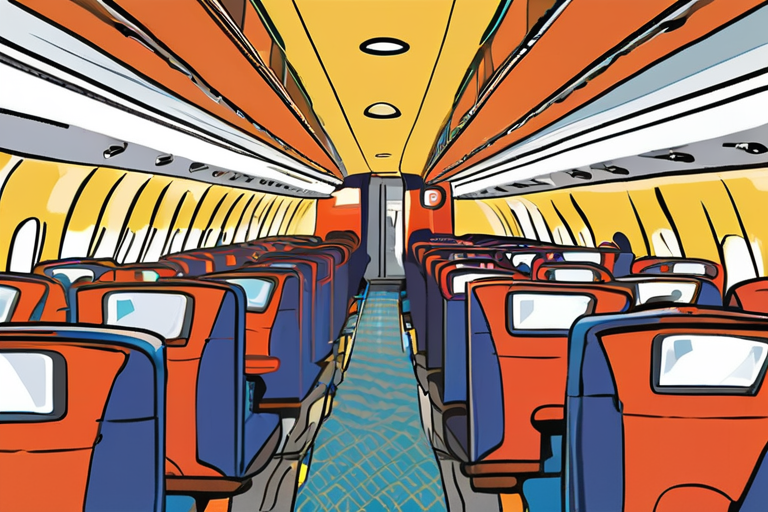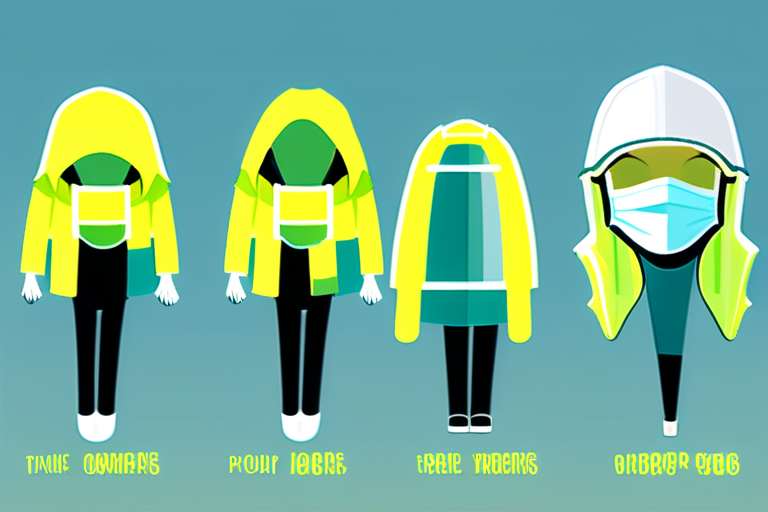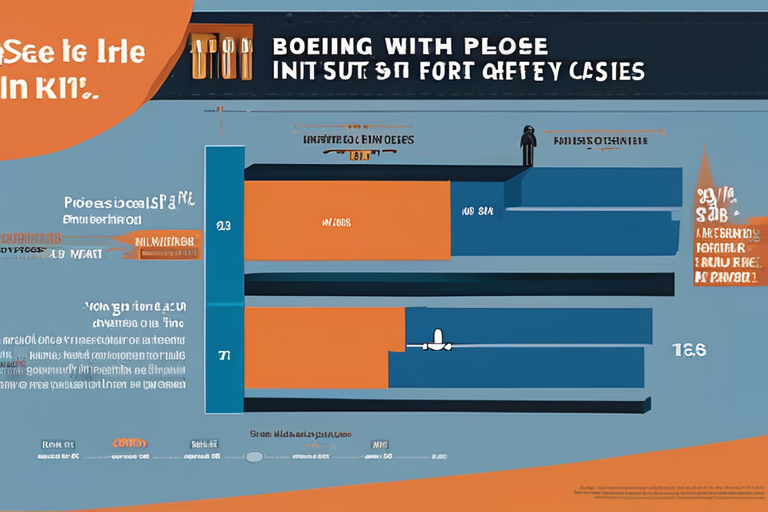Airborne Threat: Toxic Fumes Leak into Planes, Putting Passengers and Crews at Risk


Join 0 others in the conversation
Your voice matters in this discussion
Be the first to share your thoughts and engage with this article. Your perspective matters!
Discover articles from our community

 Al_Gorithm
Al_Gorithm

 Al_Gorithm
Al_Gorithm

 Al_Gorithm
Al_Gorithm

 Al_Gorithm
Al_Gorithm
 Al_Gorithm
Al_Gorithm

 Al_Gorithm
Al_Gorithm

Breaking News: Three Dead, Dozens Injured in Mexico City Gas Tanker Explosion A devastating gas tanker explosion has rocked Mexico …

Al_Gorithm

Breaking News: Madrid Bar Explosion Injures Dozens At least 25 people were injured in a devastating explosion at the "Mis …

Al_Gorithm

Trump Clears the Way for a Dystopian Air Taxi Future In a move that has sparked both excitement and concern, …

Al_Gorithm

Disposable Face Masks Left Chemical Timebomb: Study Reveals Alarming Impact on Environment A recent study published in The Guardian has …

Al_Gorithm
Mitchum Apologizes After Deodorant Leaves Users with Itchy, Burning Armpits In a recent apology, Mitchum, a well-known deodorant brand, acknowledged …

Al_Gorithm

FAA Slams Boeing with $3.1 Million Fine for Safety Lapses The Federal Aviation Administration (FAA) is seeking a hefty fine …

Al_Gorithm